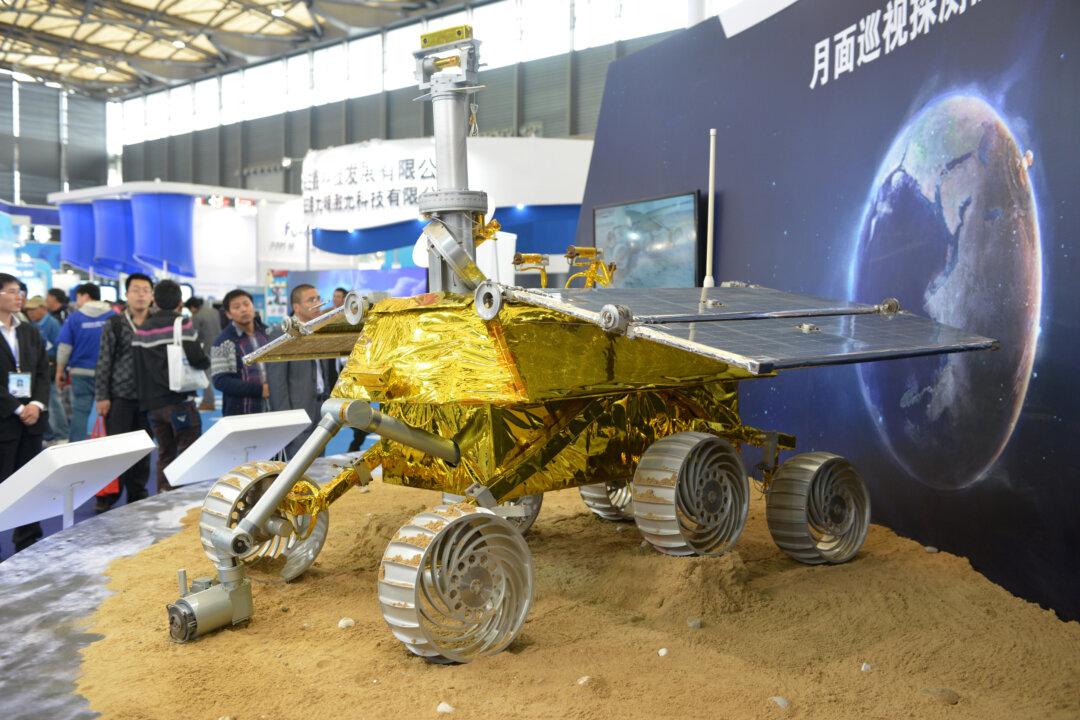Commentary
Russia chose to unveil its latest manned moon architecture this week at the 2019 Paris Airshow, showing Vladimir Putin cannot resist the pull of the moon’s geostrategic gravity.

Russia chose to unveil its latest manned moon architecture this week at the 2019 Paris Airshow, showing Vladimir Putin cannot resist the pull of the moon’s geostrategic gravity.